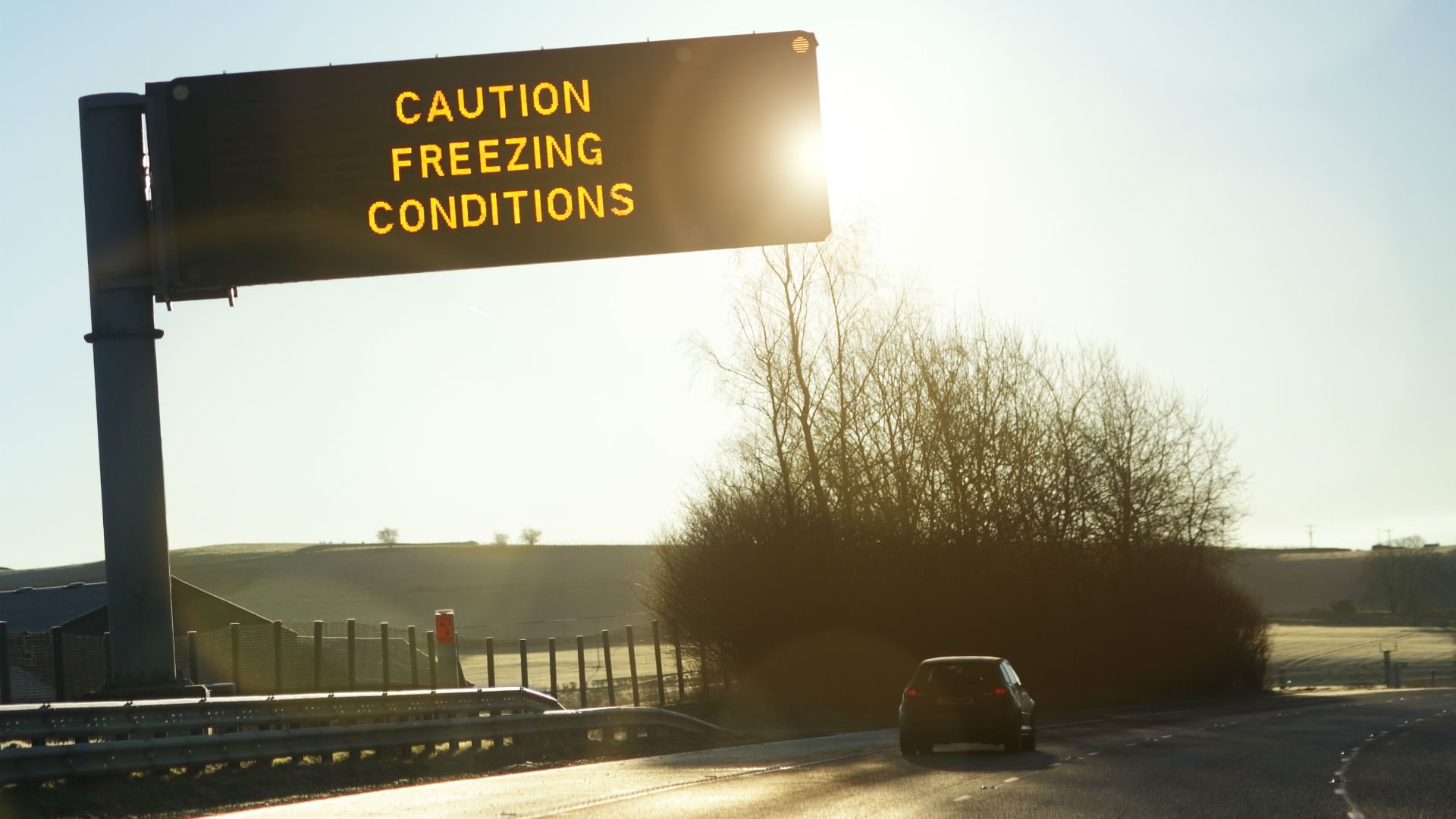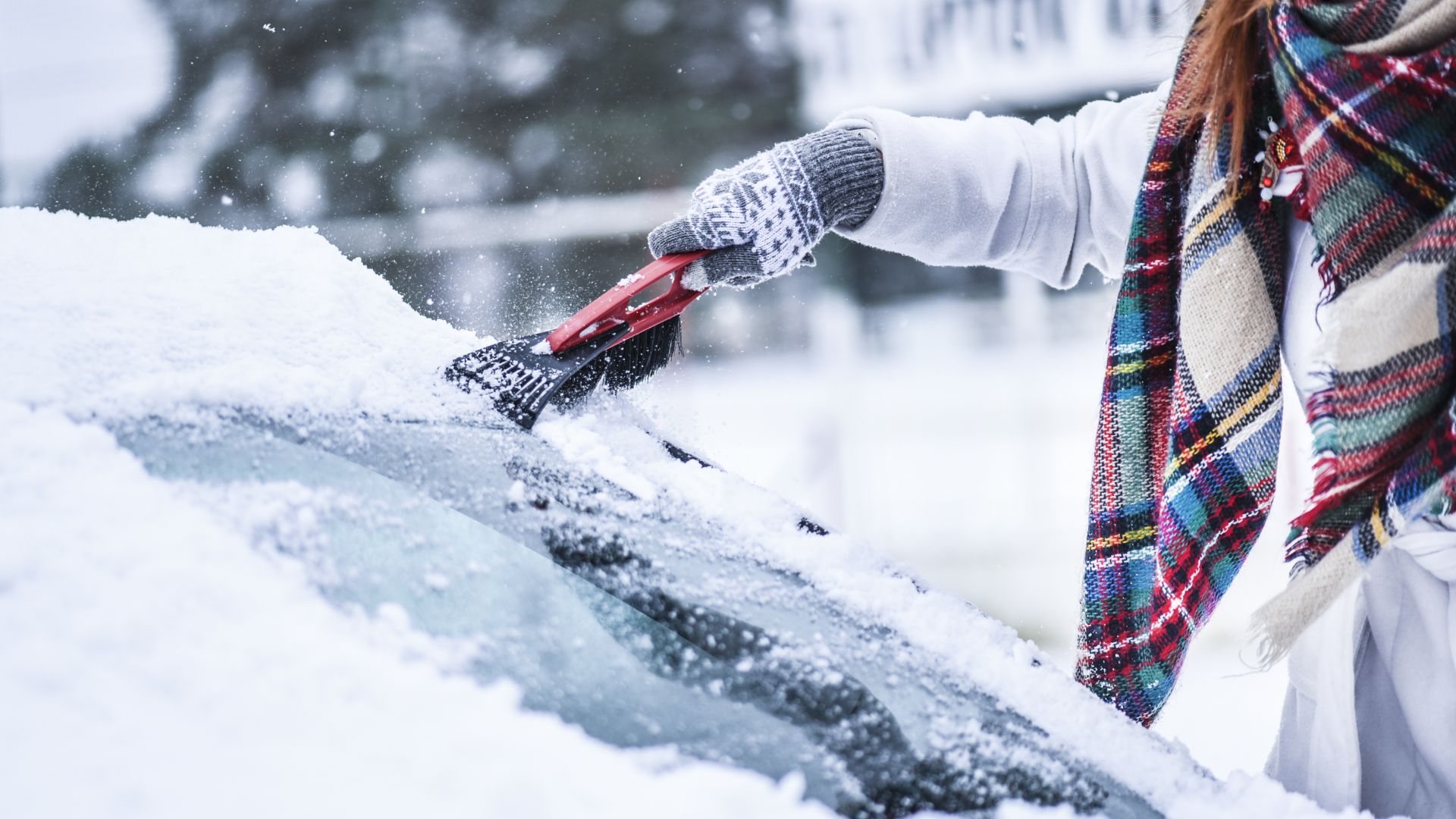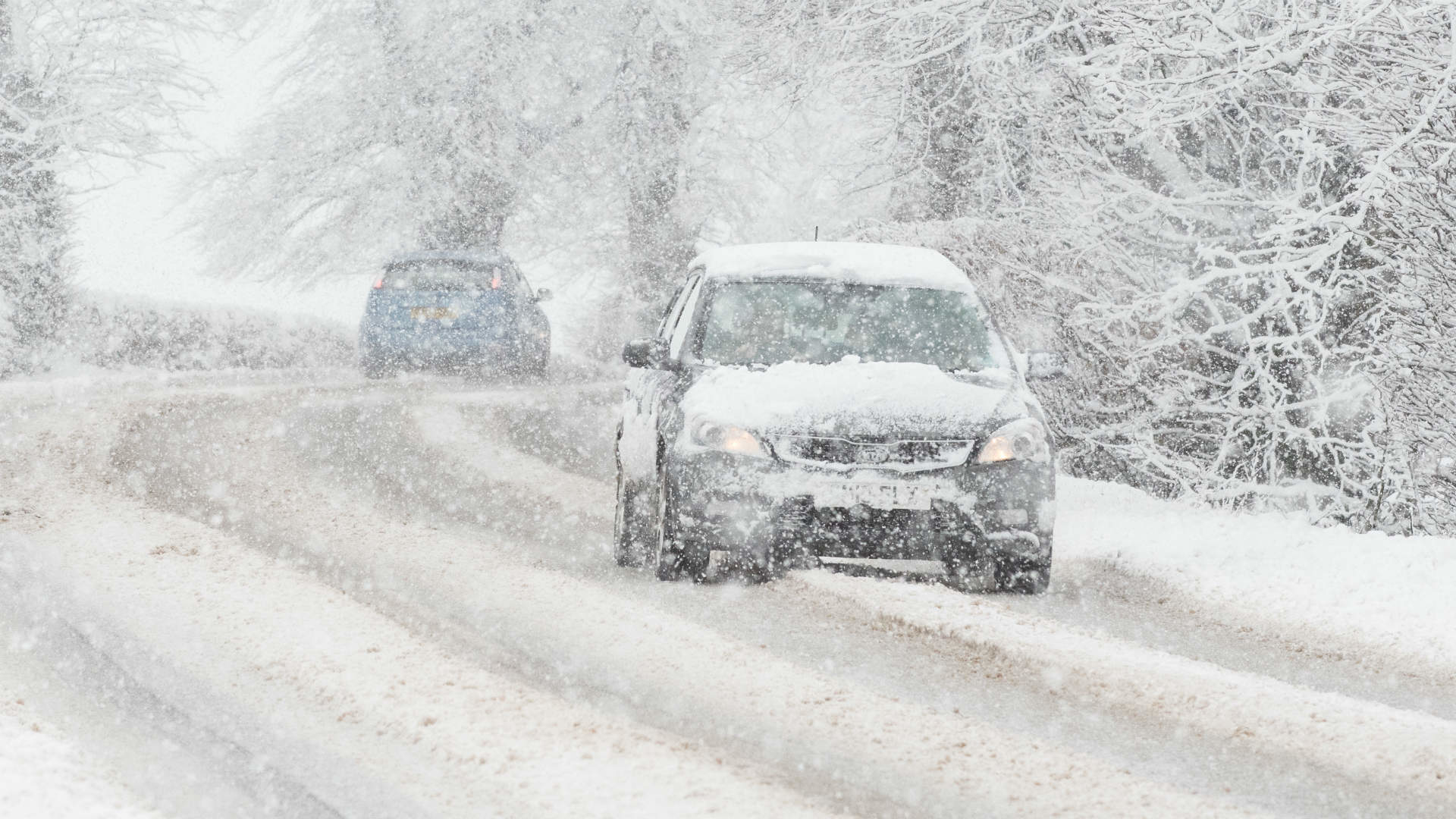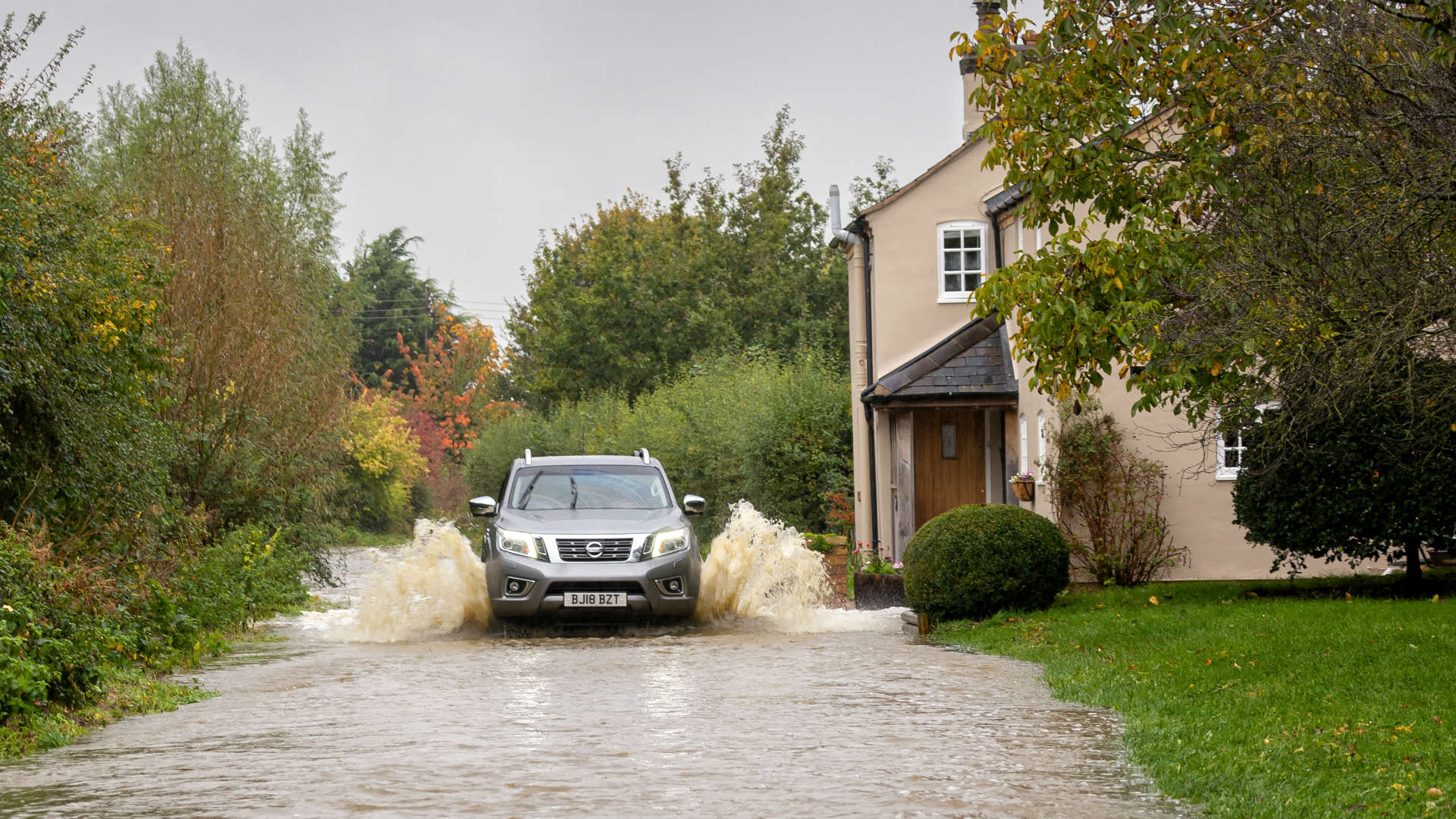
Driving in winter presents a lot of extra hazards. The days are shorter days and temperatures are colder. Then there’s the likelihood of heavy rain, snow, ice, fog and dazzling low sun.
However, while you can’t predict the weather, you can take sensible steps to improve safety on the road. These range from checking your car thoroughly before you set off to adjusting how you drive.
With help from Leaseplan UK, we’ve put together 10 tips for safer winter driving. But first, let’s look at getting prepared.
Before you set off

There are seven key things to check on your car before driving in winter, especially if you are travelling a long distance. Work through this list before you set off.
- Battery: The car battery needs to work harder during the winter, so ensure it is regularly serviced.
- Tyres: Make sure there is at least 2mm of tread depth on the tyres, preferably more. Consider investing in winter tyres, which are more effective in cold weather (not only in the snow).
- Cooling system: Add anti-freeze into your cooling system, but remember to use the appropriate strength of formula.
- Wipers and washers: Use a high-strength screen wash and replace damaged or faulty wiper blades. Never use the wipers to clear ice from the windscreen.
- Defrosting: Do not pour boiling water onto the windscreen – it may crack. Instead, use an ice scraper and/or a can of de-icer. Remember to clear all areas of glass, including the door mirrors and lights.
- Lights: Check that all lights are working, including fog lights and reversing lights.
- Roof and windows: Clear all snow and ice from the roof and windows before setting off.
10 tips for safer winter driving

1. High gear, low revs
Use a higher gear when setting off as this will give you greater control of the vehicle. In slippery conditions, avoid using first gear if possible; it may cause the wheels to spin.
2. Take your time
When driving in snow, avoid high revs, but don’t drive so slowly that you risk losing momentum. Keep going, as this could be the difference between making it home or skidding to a halt. Remember, if you’re stuck, the chances are other drivers will be too, so you’re unlikely to receive help.
3. Skidding
If you get into a skid on snow or on ice, take your feet off the pedals and steer to safety. Only use the brakes when you’re unable to steer away from trouble.
4. Braking
Triple your braking distance and maintain a sufficient gap between you and the car in front. On a slippery surface, any sudden movements – such as erratic steering or braking – may result in the car careering out of control. Use a lower gear to help slow you down and gently apply the brakes.
5. Stick to main roads
Keep to the main A-roads and motorways when possible, as these are more likely to have been treated with salt and cleared by a steady flow of traffic. There’s also a greater chance of help arriving should you break down or get stuck in a snow drift.
Avoid unlit rural roads, as there’s a risk that you or your stranded car could be hit by another vehicle. It’s also worth remembering when you last passed a house or shop, in case you need to find help.
6. Visibility
Use dipped headlights in the snow, but remember to turn them off when conditions improve.

7. Potholes
Potholes are more likely to appear after freezing temperatures or a flood. It will be difficult to spot them at night, in snow or when the roads are covered in water, so drive with extra care.
Not only can a pothole cause damage to a car’s wheels, suspension or steering, you may also lose control of the vehicle. Our advice guide explains how to claim compensation for pothole damage.
8. Fog
In foggy conditions, reduce your speed but don’t slam on the brakes. Keep your distance to the car in front and don’t rely on them to guide you through a dense fog patch. Use dipped headlights and fog lights, but remember to switch them off when conditions improve.
It’s also important to remember that LED daytime running lights are unsuitable for driving in fog or at night. If you have automatic lights, make sure they are switched on.
9. Flood water
Avoid driving directly through the deepest water, which is normally near the kerb. Stick to the centre of the road, but look out for debris and potholes beneath the surface. If in doubt, don’t drive through flood water – seek an alternative route.
If you do drive through, take your time, avoid sudden acceleration and test your brakes when you’ve made it through the water.
10. Be prepared for a breakdown
If extreme weather is forecast, it’s worth packing for every eventuality. Should the worst happen, it’ll take longer for the breakdown service or emergency vehicle to reach you, so you could be left in the car or stranded by the road for a prolonged period of time. Before you set off in the snow, pack warm clothing, blankets and basic nourishment.
While a winter driving safety pack might seem extreme, you’ll be glad of it should you run into trouble. We’d recommend carrying the following items: high visibility jacket, torch, warning triangle, spare tyre, first aid kit, de-icer, screen wash, jump leads and sunglasses (for the low winter sun). Being prepared will help keep you safe.
ALSO READ:
What is checked in a car MOT test?